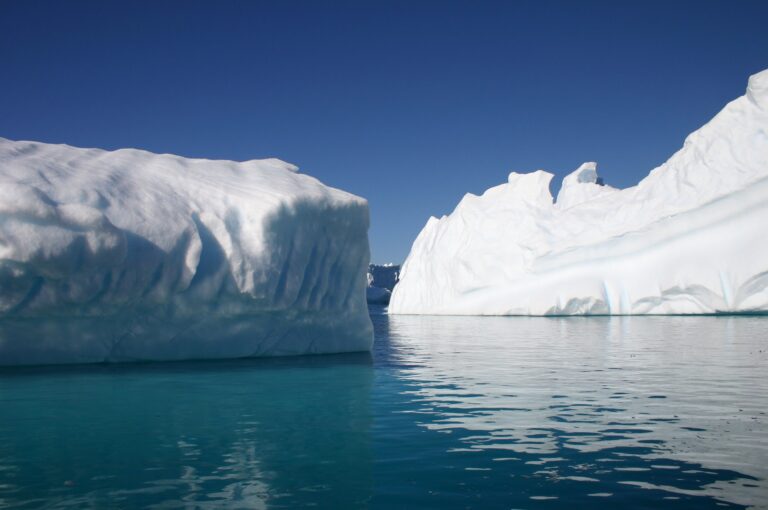Antarctic sea ice coverage has reached a record low for the start of January, spanning 5,470,000km² a decline of 30,000km² compared with the same period in 2017. According to Meteo France, it is the lowest coverage of sea ice for the period in 40 years of satellite measurements. During the month of December 2018, the sea ice melted at a record rate of 253,000km² per day, close to levels recorded in 2010 and 2005, and well above the average rate of 214,000km² per day, calculated from 1981-2010. The annual minimum coverage is measured between the end of February and the beginning of March, with a previous record-low of 2,100,000km² recorded on March 3, 2017. More complex behavior than the Arctic
According to Meteo France, positive temperature anomalies observed in the Antarctic probably contributed to the deficit of the pack ice, although there are other factors that are more difficult to take into account. Antarctica has a more complex behavior than the Arctic and four years ago, the extent of the Antarctic ice sheet was regularly in surplus. Only since 2017 has the agency recorded recurrent deficits. The decrease in sea ice has ultimately been attributed to climate change, with increased sensitivity to ice zones. In fact, the melting of sea ice, which returns more radiation to space than free water or a cleared ground due to a stronger albedo, leads to an increase in the amount of solar energy absorbed by the sea, therefore accelerating global warming.
New Year Antarctic sea ice coverage at lowest since records began



